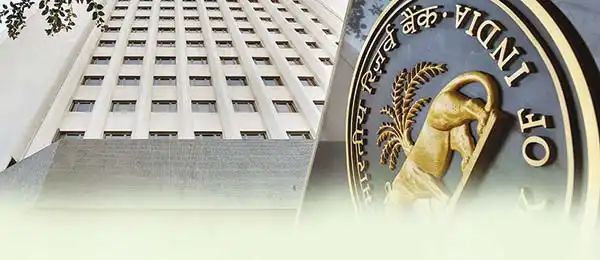Sukumar Sah
The new Governor of the Reserve Bank of India (RBI) faces an unviable challenge of aligning monetary policy with the vision of a high growth-oriented Viksit Bharat envisioned by Prime Minister Narendra Modi.
This could be achieved, in theory, by fostering sustainable economic growth, financial stability, and inclusivity. In practice, however, Governor Sanjay Malhotra will need to perform a delicate balancing act of inflation management and easing of policy rates – a goal diligently pursued by his predecessor Shaktikanta Das, in the face of numerous calls by the Finance Ministry for a rate cut.
As the immediate past-Revenue Secretary, Malhotra may be inclined to give priority to growth and revenue generation. But the RBI mandate to rein in inflation may not give him much leeway in pruning interest rates to foster growth. Ahead of the Union Budget in February next, the RBI Governor faces additional challenges influenced by domestic economic conditions and global uncertainties. Managing persistent inflationary pressures, particularly in food and fuel, while striking a balance between curbing inflation and sustaining growth, is the foremost among these.
Maintaining sufficient liquidity to support economic recovery without over-saturating the system, is another big challenge. Addressing external challenges such as global economic slowdown, geopolitical tensions, and the effects of monetary tightening by major central banks will be among the new Governor’s priorities.
He will also need to synchronise the RBI monetary policy with the Government’s fiscal measures outlined in the Union Budget to ensure a cohesive approach to growth.
Tackling stressed assets, ensuring credit access to key sectors, and safeguarding financial stability amid rising interest rates will also be the key areas. Among the other challenges in store for the new RBI head will be stabilising the rupee against major currencies in a volatile global environment; financial inclusion and digitalisation; and incorporating climate finance into monetary policy and fostering green economy initiatives.
Budget direction
The fiscal direction outlined in the Union Budget will heavily influence how these issues are addressed, underscoring the importance of coordination between the RBI and the Government.
Global financial firms have shared varied perspectives on the challenges ahead. According to Goldman Sachs, Malhotra’s expertise in taxation has been instrumental in shaping India’s direct and indirect tax policies. Analysts believe his insights may shape the RBI’s monetary stance amid global uncertainties.
Bank of America highlights the immediate challenge of managing a sharper-than-anticipated growth slowdown, inflation volatility, and currency stability. Nomura, on the other hand, predicts a shift towards a more accommodative monetary policy under Malhotra’s leadership. As a former Finance Ministry official, his focus on revenue generation and growth could lead to more urgent policy easing to support the economy.
































